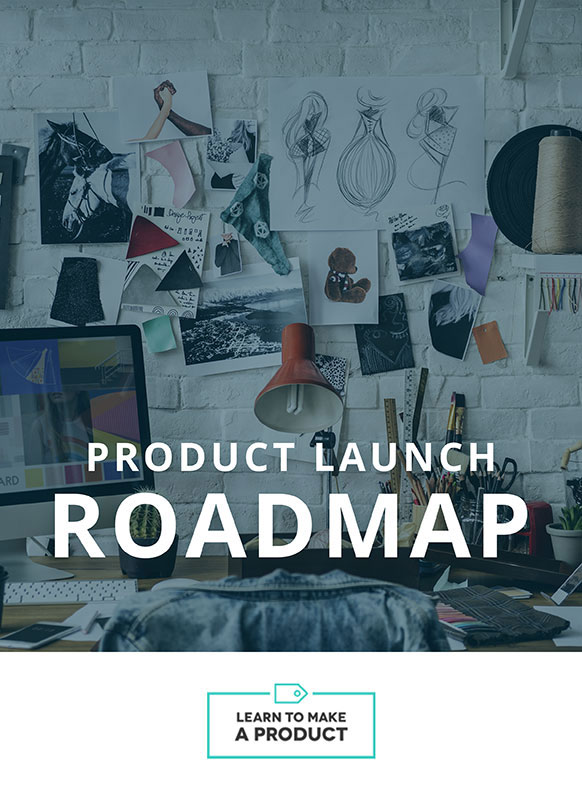When communicating with potential partners, it’s important that you are explaining your product idea clearly. This may seem like an obvious statement, but the problem is often that many new makers think they are being clear, when in fact their description is too vague, too wordy, or incomplete.
A Design Brief solves this problem by providing a clear, concise overview of the product you want to make. This simple document – often created as shared doc in Google Drive or as a PDF of a Word document – is used to confirm if a manufacturer can help you or not, as well as the associated time and cost of doing so.
As mentioned above, it can be difficult to properly communicate your vision without an industry-standard overview that includes both a clear visual of our product idea as well as basic details like size range, materials and the available colors).
Here is checklist to help you create your brief:
- Product Name (working title is fine) and a one-line description (optional, recommended if your product is a new invention and needs explanation)
- Reference image of the product concept (this could be a similar product by a competitor, a photo of a sample you’ve made, or a rough sketch)
- A short list of materials. (Ex: braided leather, silver buckle, care label, hang tag)
- Size Range (Ex: XS – XL)
- Desired color/print options (Ex: “5-7 solid colors” or “3 custom prints, similar to this artwork)
- Any sort of special instructions (Ex: “Prefer vegetable tanned leather, if available”)
The entire brief should be no more than 1-2 pages. If you are making multiple products, it’s okay to create a multi-page brief and separate it into sections.
It’s best to create your Design Brief before you start reaching out to potential factories, and reference it in your initial inquiry. For example: “We’re launching a line of women’s belts, overviewed in this document”. (You would then share the doc or attach it to the email.) As a reminder, a Design Brief is an overview, not a comprehensive set of instructions to make your product! This will be supplied at a later date, once you choose your final partner.
Save the finished file somewhere handy and make sure it’s editable, as you’ll be sending a brief to potential suppliers each time you launch a new product in your business!

